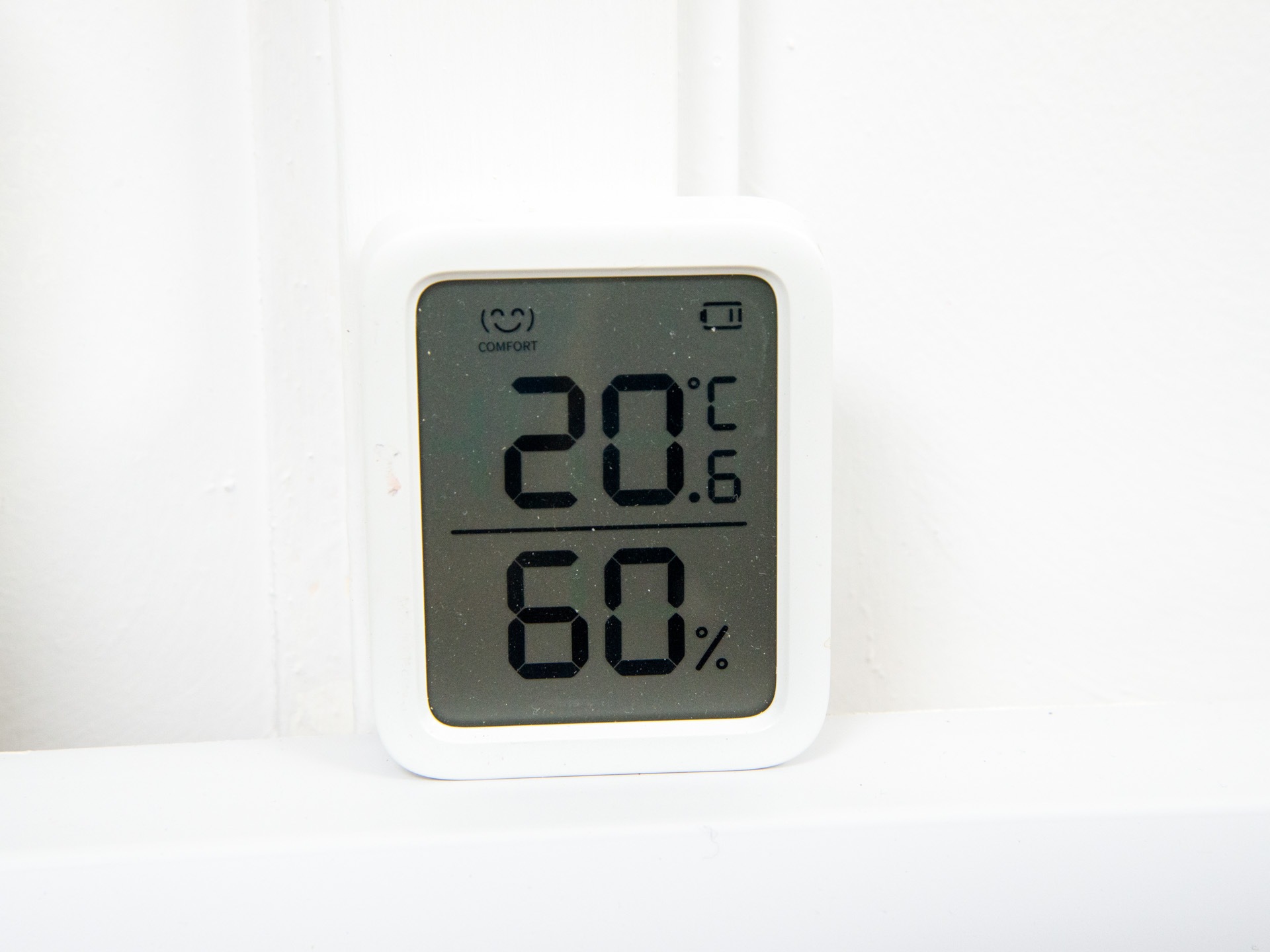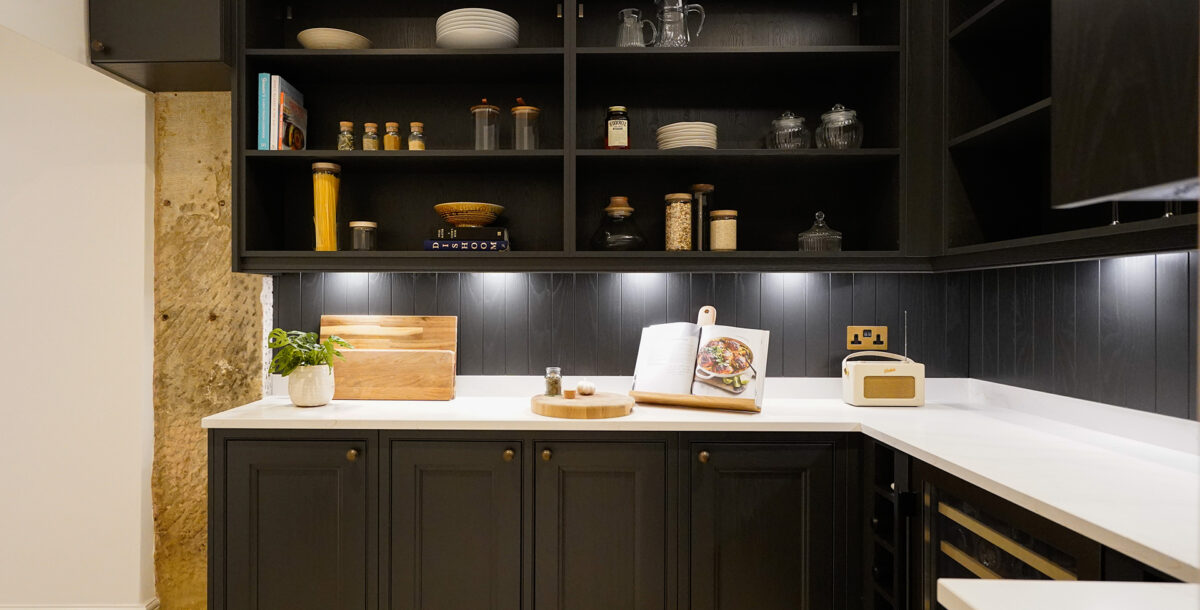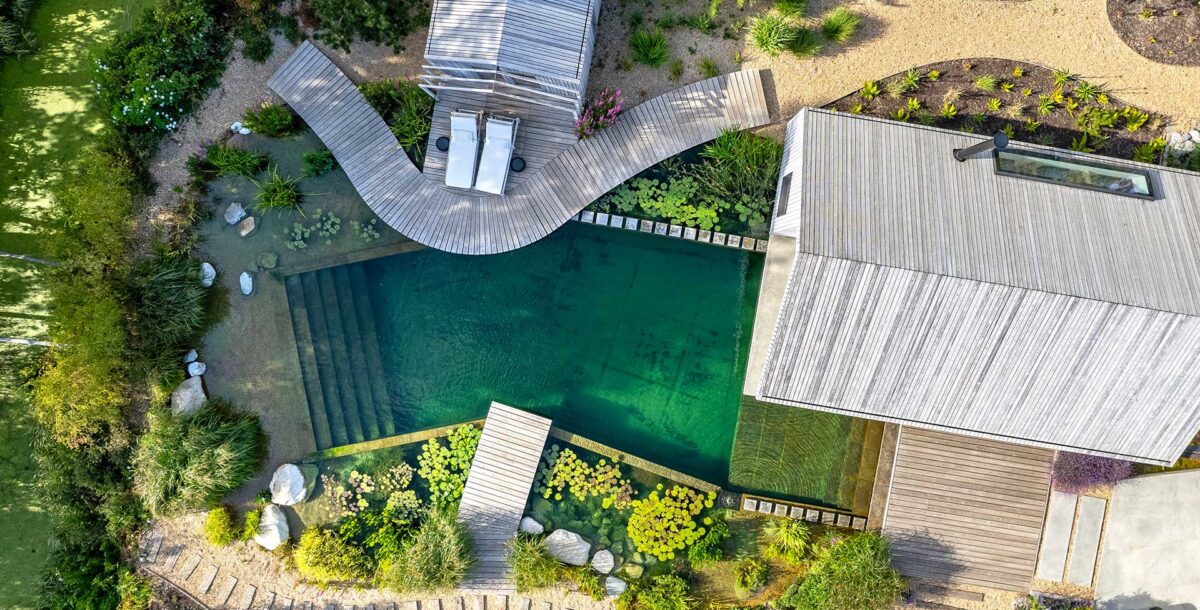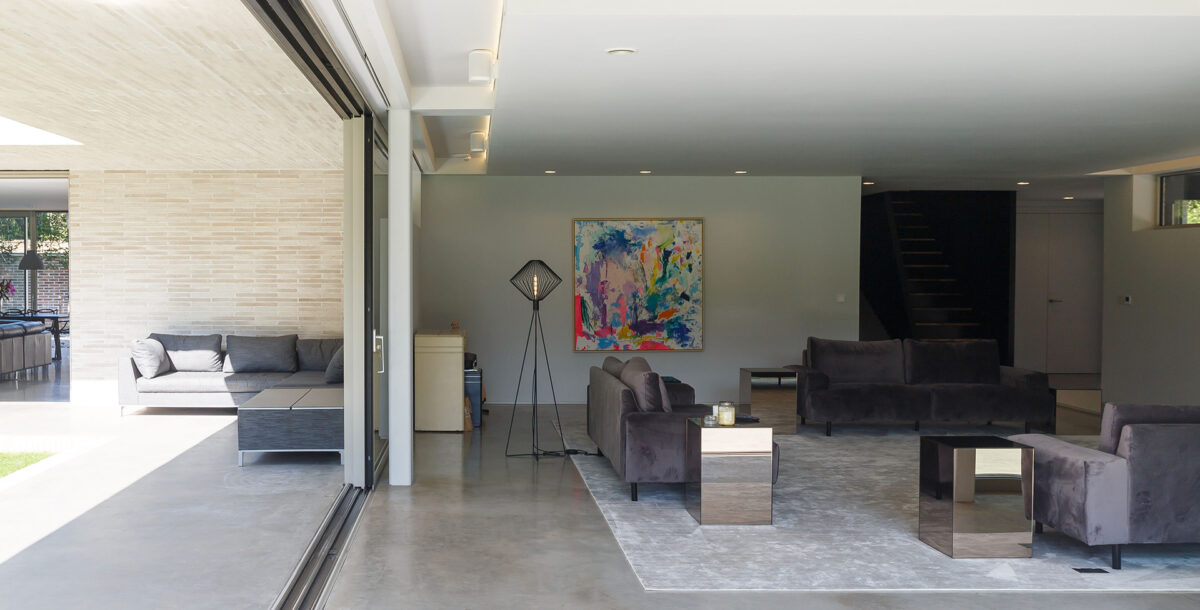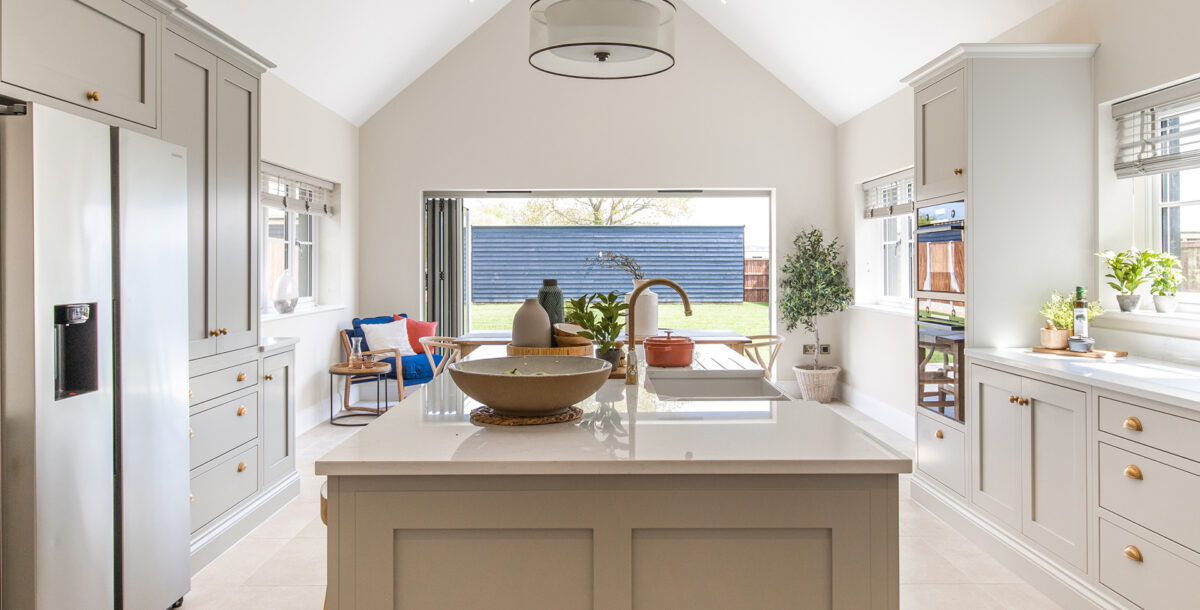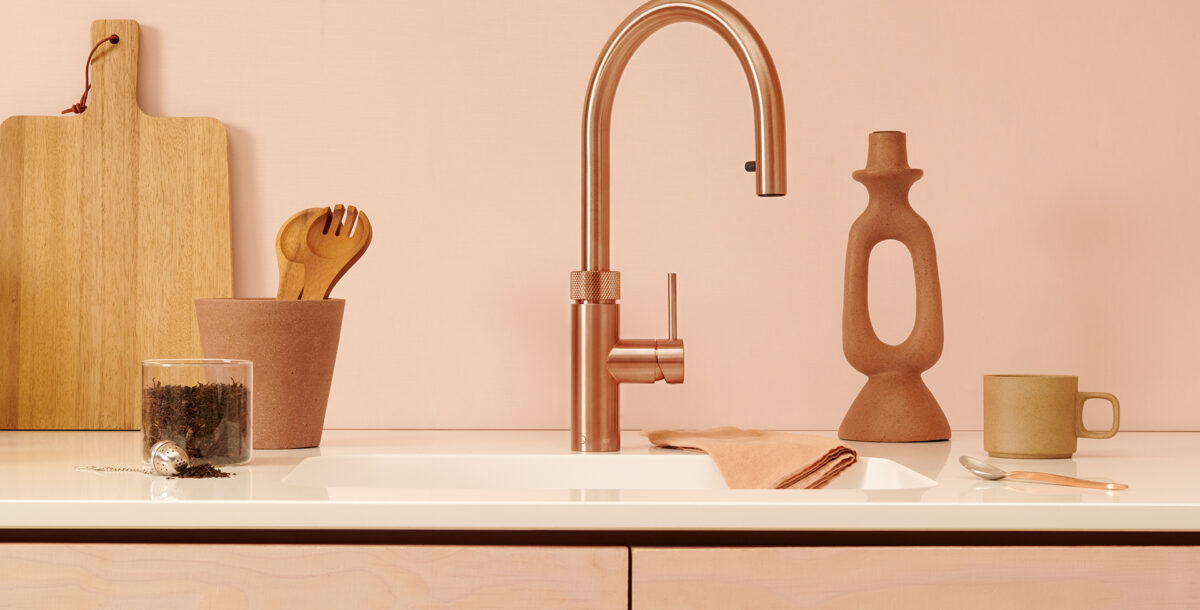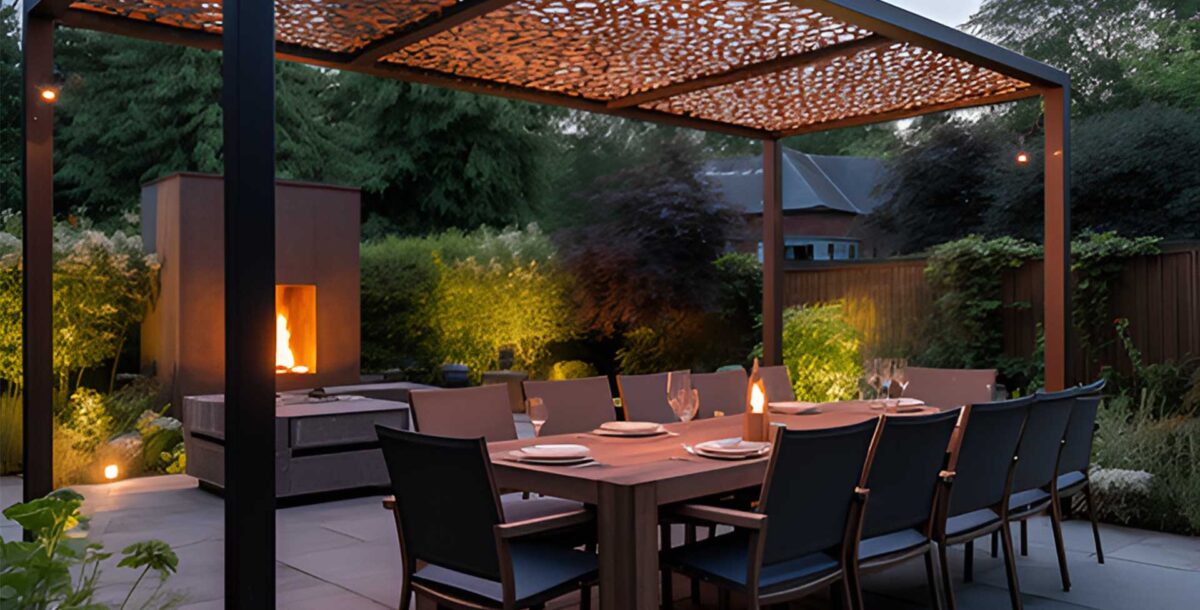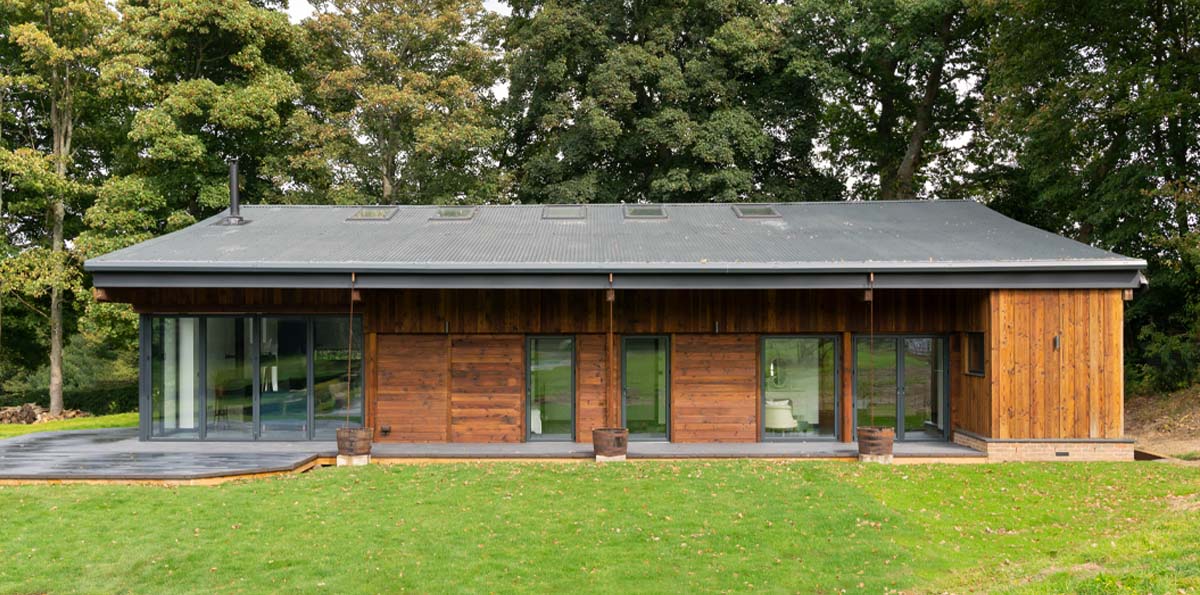What should the humidity be in a house? Plus, how to control it
The right humidity level will make your home feel more comfortable - find out how to check and control it.
One element of the perfect indoor environment is getting the humidity level right. If there is too much humidity, you can have problems with condensation and dampness; if there is too little moisture in the air, you can have skin and breathing problems. So, what should the humidity be in a house?
In this guide, we’ll look at the ideals, plus look at whether they can be achieved in a cost-effective manner.
What is humidity?
When we talk about humidity, we actually mean relative humidity (RH). Relative humidity is quoted as a percentage, showing how much moisture is in the air, versus the total amount of moisture the air could hold. The higher the air temperature, the more moisture the air can hold. That’s an important relationship: take cold air with high relative humidity and heat it up, and the relative humidity drops, although the air still contains the same amount of moisture.
A hygrometer, also known as a humidity meter, can be used to measure the relative humidity in a room. Typically speaking, it’s recommended that indoor humidity is held at between 40 and 60% on average. However, this isn’t always possible without a dehumidifier, especially in very humid environments, such as with coastal properties. It’s important to note that there’s not actually a level of ‘dangerous’ humidity.
What causes high humidity indoors?
High humidity is usually caused by poor ventilation. Air that’s not circulated properly will contain more moisture, making the environment feel less comfortable. At very high humidity levels, your sweat can’t evaporate to cool you down, and you may notice condensation forming on walls or windows, which can lead to mould growth.
Condensation is caused when warm water encounters a cooler surface at the dew point, turning moisture back into water droplets.
Typical household routines, such as showering, cooking and hanging clothes out to dry, can all result in the humidity rising inside.
How do you lower humidity inside?
The simplest answer, in most cases, is to open a window and let the air circulate. Typically, cool air will enter the home, while hot, humid air from inside escapes. As the cool air from outside warms up, its relative humidity drops.
While opening a window is a general rule, there are times when it may not always be a good idea to open the windows, particularly in very humid environments where there’s little difference in the outside and inside temperatures. Take Cornwall, for example. A typical summer’s day may be 20°C outside with a relative humidity of 76%; if the indoor temperature is 18°C, then opening the windows to let the outdoor air in would result in expected indoor humidity of 86%. You can calculate expected indoor humidity using Richard Stanton’s Humidity Calculator, which will help you work out if you should open windows or not.
In winter, opening a window may help with humidity, but it also lets hot air out, making your heating system less efficient and more expensive to run.
Overall, proper ventilation is required, and you can’t rely on natural ventilation: even in an old, drafty house, the air circulation can be poor.
Proper ventilation should be fitted at sources of high ventilation. A bathroom extractor fan will remove humid air from the home, and you can find one with a hygrometer built-in, so that it only operates above a certain humidity level.
In the kitchen, use an extractor fan when cooking, to remove moisture from the air. There are many different extractor fans, so you can find one that suits your needs without running the look of your home.
Alternatively, you can go for a proper ventilation system. The cheapest option is a Positive Input Ventilation (PIV) system, which is installed in the loft. This pushes filtered air into your home, expelling stale air and replacing it with fresh air.
They can work well in summer, but in winter, a PIV system will push cold air into the house, which can make the hallway or room in which they’re installed feel cold. PIV systems are also better suited to older properties that aren’t well sealed.
A more effective solution, particularly for modern, well-insulated homes, is mechanical ventilation with heat recovery (MVHR), which draws stale air out of a room, removes the heat from it and adds it back to fresh air from outside. The advantage of this system is that it’s more efficient, and there’s no heat loss. Plus, as heat is added to cold air from outside, the relative humidity drops faster than with other systems, where the air has to be heated inside.
Even so, if you live in an area with naturally high humidity, you’re more likely to suffer from high humidity indoors, particularly when the indoor temperature is lower than the outdoor temperature. In this case, you may have to remove moisture from the air. A dehumidifier will do this, and many air conditioning systems can be set to run in dehumidifier mode. Running costs are around 7p per hour for a typical dehumidifier.
It’s best to have a dehumidifier with a built-in hygrometer, such as one of the MeacoDry Arete One models, so the machine will turn off when the ideal humidity level has been reached.
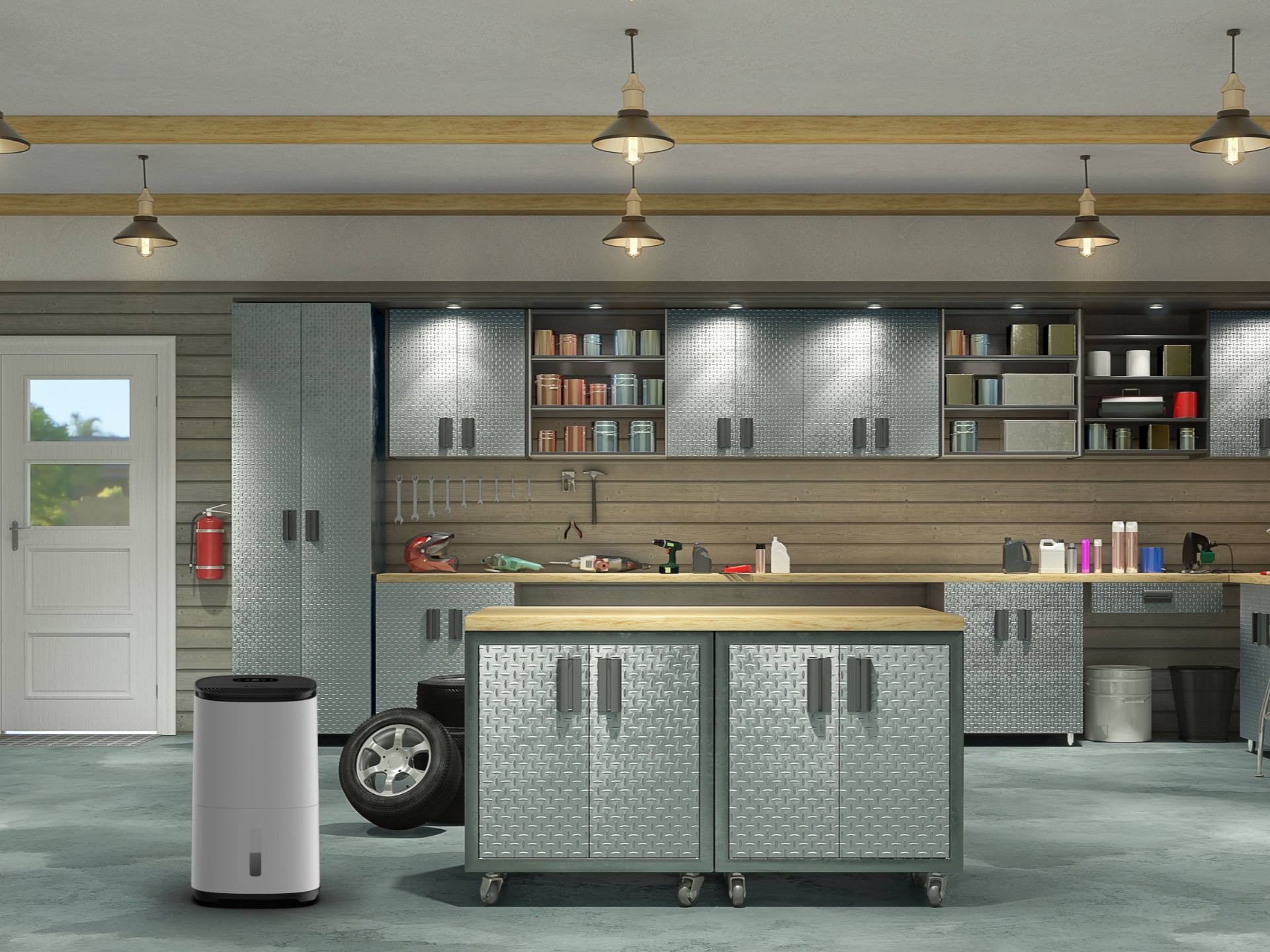
What causes low humidity indoors?
Having the heating turned on in winter heats the air, reducing the relative amount of moisture the air holds. Air conditioning or dehumidifiers can also reduce the amount of moisture in the air, causing problems.
If the air outside is very moist, a ventilation system or opening windows can help inject moisture-rich air inside. Alternatively, you can add moisture into the air. A humidifier is cheap to run, although it’s worth having one with a hygrometer so that it turns off at the right humidity level or using a separate hygrometer so you know when to turn a humidifier off manually. Alternatively, placing a water bowl near a radiator will aid evaporation and increase humidity.

